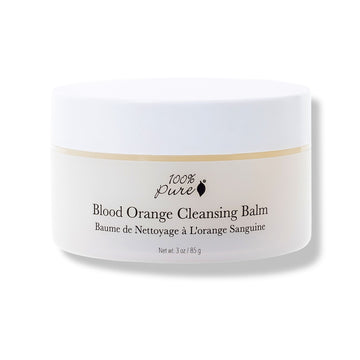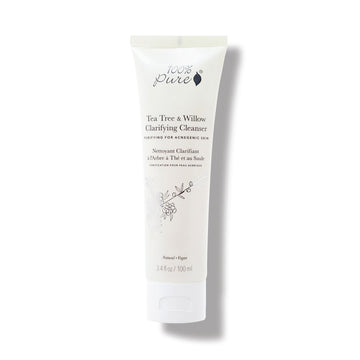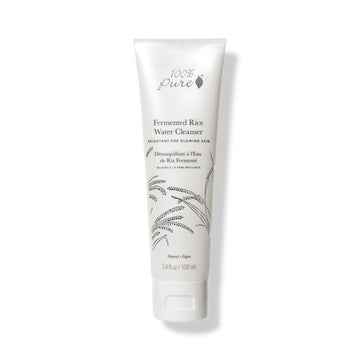Blood Orange Cleansing Balm is the new superstar in your skin care routine.
Written by: 100% PURE®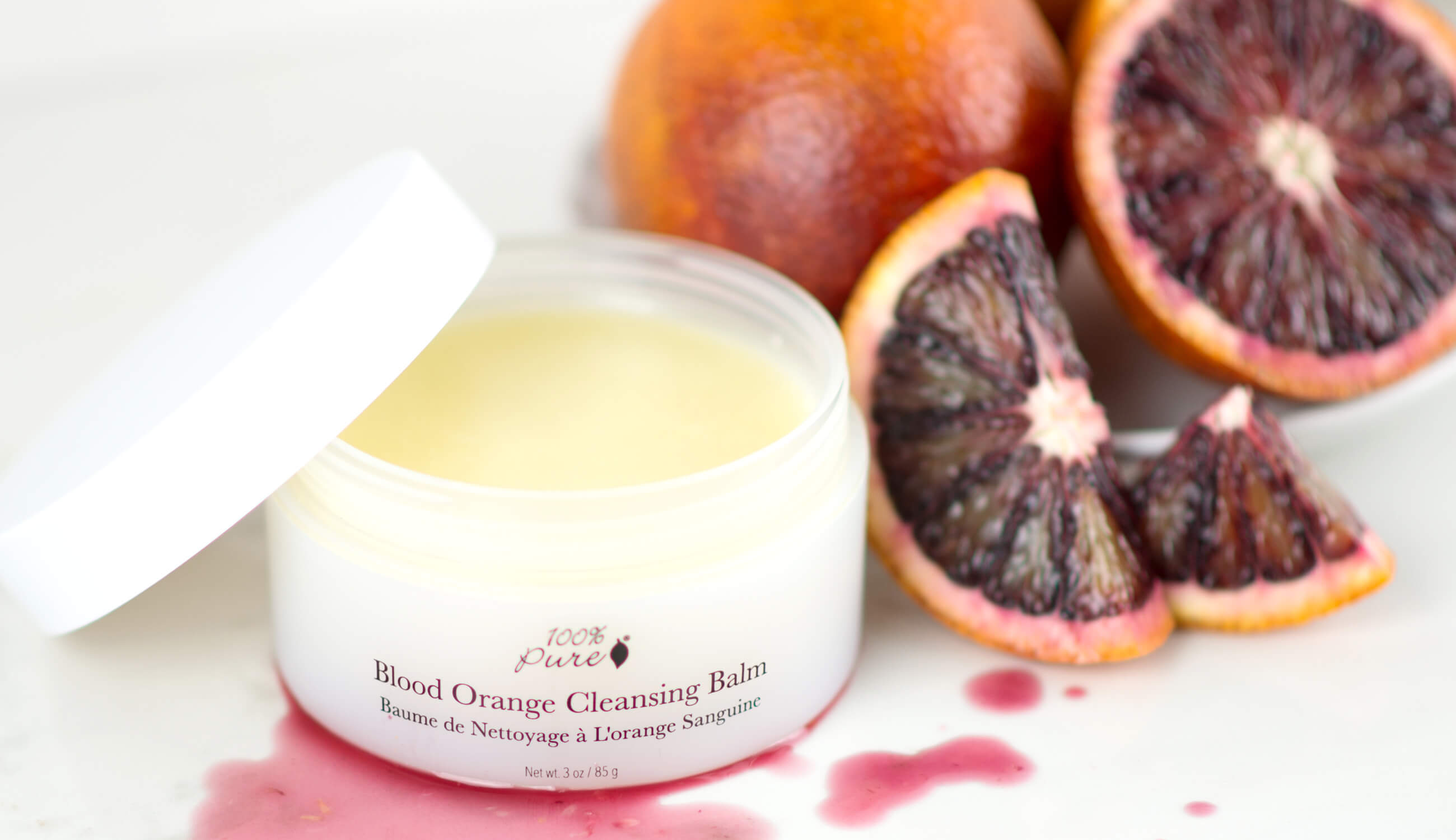
Have you heard of our bestselling Blood Orange Cleansing Balm? Wait, hold on - a balm that cleanses? That sounds like an oxymoron. And in a way, it kind of is a skin care oxymoron -- the best one you’ll try!
We’re featuring luxurious ingredients you’d typically find in a creamy balm, like organic coconut oil and avocado. What this beauty multitasker also does is also efficiently remove makeup and cleanse your skin. This cleanser is made with oils that tend to solidify, giving it an initial buttery texture. But once it melts onto your skin, it is incredibly rich and luxurious, leaving skin feeling supple and soft. These oils include avocado oil, coconut oil and olive oil. It might sound scary to put all of those oils onto your skin to clean your face, but actually, they are extremely beneficial for all skin types -- even oily skin! When applying the cleansing balm to your face, the oils melt into a silky texture that won’t clog pores. Plant oils are also effective cleansers and can actually soothe acnegenic skin.
What makes our Blood Orange Cleansing Balm such a skin care celebrity is that it only needs a few ingredients to nourish and purify your skin. No secret toxic chemicals here, just pure ingredients from Mother Nature herself. We’ll dive deeper into the ingredients so that we can show you the benefits of each one, and how they work together to cleanse your skin.
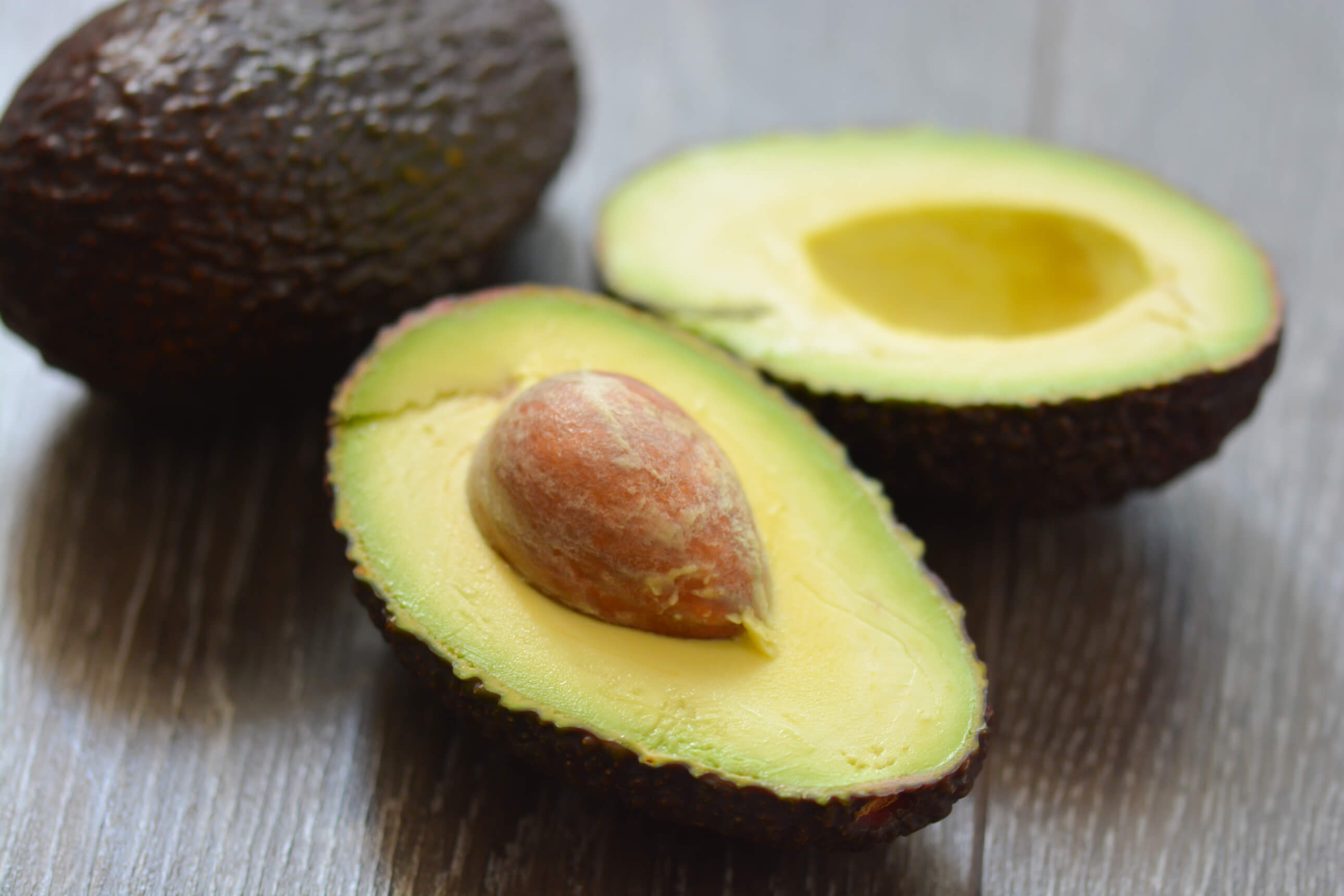
Organic Avocado Oil
Avocado oil is an incredible ingredient for hydrating and softening the skin. It contains high levels of Vitamin E, which can prevent inflammation and remove bad oils from the skin that cause breakouts. It replaces those oils and has been known to help diminish dark spots and smooth fine lines.
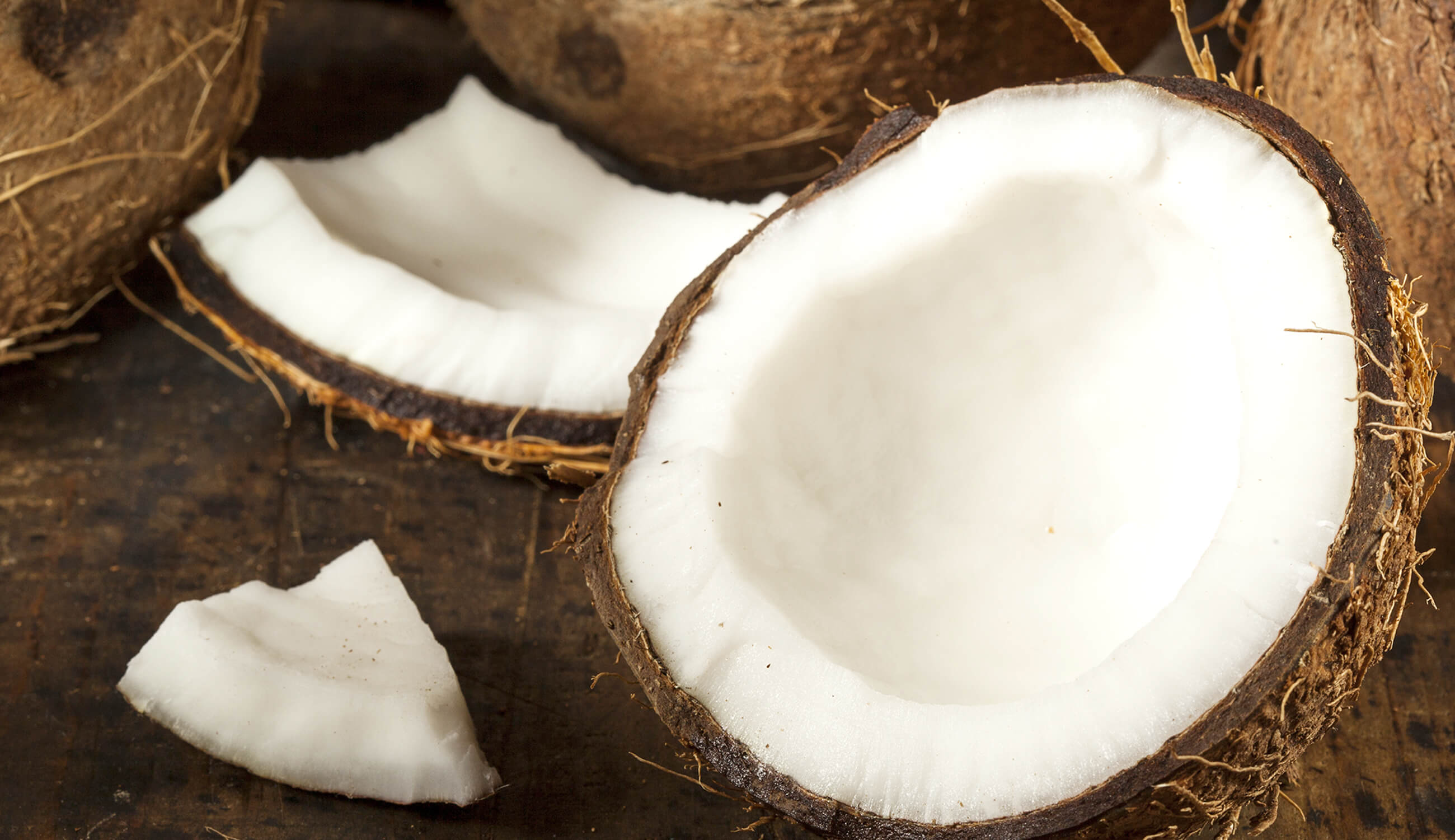
Organic Coconut Oil
This oil has so many benefits and can aid in multiple different skin issues. A thin layer on the face can help prevent loss of moisture in the skin caused by evaporation. The skin can often create an overproduction of sebum because it does not have enough hydration. This overproduction of oils can lead to acne and other skin issues. Oftentimes people with dry skin will have keratin plugs that cover pores/follicles, trapping bacteria in the skin and leading to blemishes and acne. Coconut oil can help to soften and remove the excess build up in the pores. Coconut oil also contains lauric acid, which helps protect the skin from bacteria.
Organic Olive Leaf Oil
Olive leaves contain flavonoids such as quercetin, rutin and kaempferol, which offer anti-inflammatory and antimicrobial benefits. Olive leaf oil also has antimicrobial and anti-inflammatory properties that are beneficial to the skin. Many of the other benefits are similar to those in olive oil such as anti aging and UV protection. Check this article out if you want to learn more about the magic of the olive tree and its benefits.
Organic Olive Oil
This helps smooth skin and protect against UV rays and premature aging. The protection against UV rays is thanks to Vitamin E as well as the compound found in olive oil called Hydroxytyrosol, which helps prevent skin damage caused by UV rays and free radicals. You can read more about the benefits of Hydroxytyrosol found in olive oil here. Olive Oil is a rich moisturizer that penetrates deep into the skin. It also contains Vitamin A, which helps boost skin cell regeneration for a smoother skin texture.
Newsletter Subscribe
for more blog updates and exclusive discounts
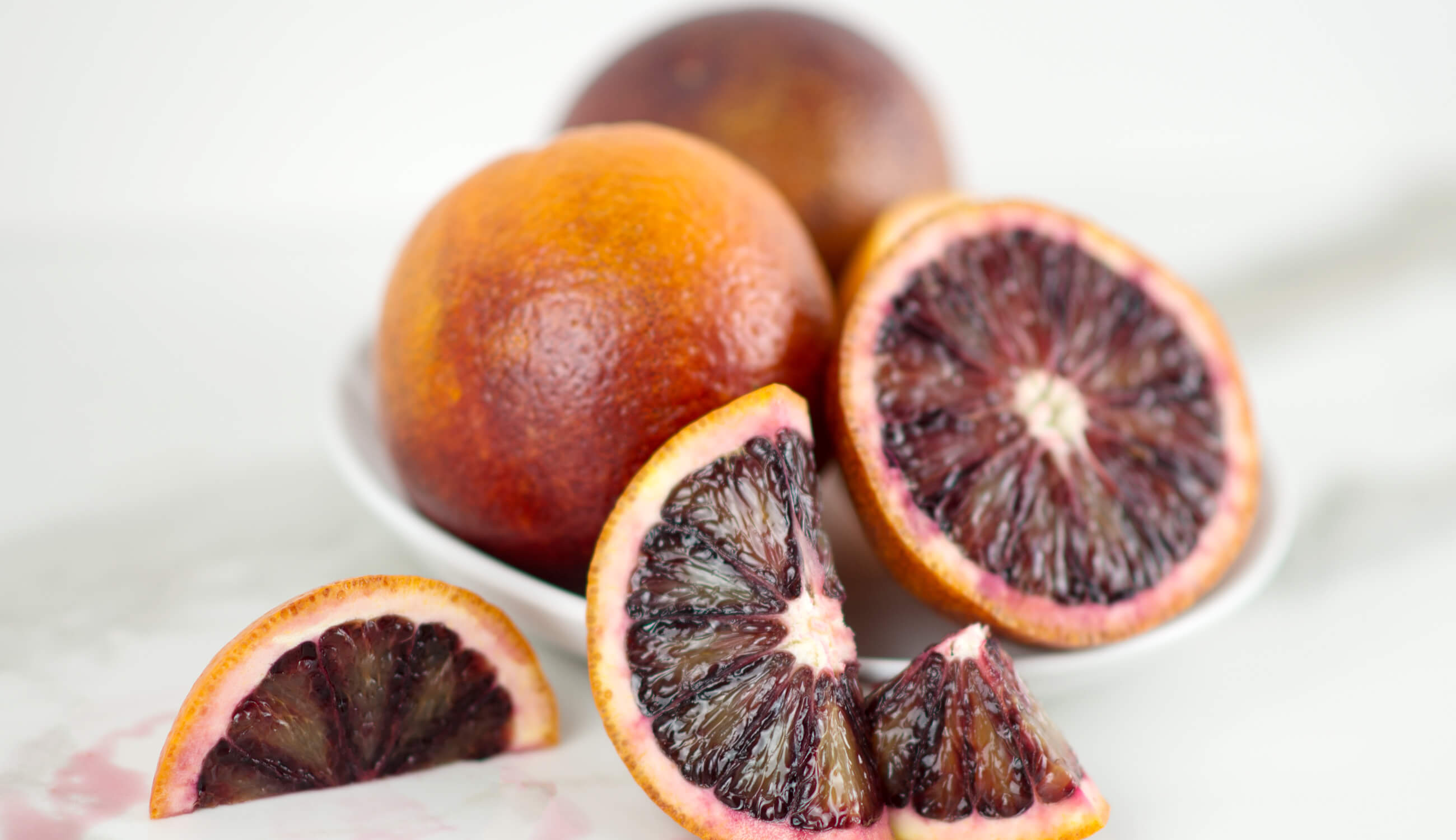
Blood Orange Essential Oil
This oil has an uplifting scent and is known to be great at combating grease. Household cleansers often contain orange essential oil because it is a great aid in cleaning agents. It has antibacterial and antiviral properties, as well as anti-inflammatory properties, which is beneficial for skin that’s prone to breakouts because it can help fight acne. The antioxidants in the essential oil are beneficial in helping to reduce and prevent signs of aging, such as dark spots and wrinkles, since they promote collagen production.
Polyglyceryl-3 Palmitate (Derived from Coconuts)
This is the surfactant in our balm. The surfactant is basically what causes soaps to foam. They increase in spreading ability when liquid is added to them. So think about when shampoo is in your hair and then water is added. All that foamy glory is the surfactant in action. Our natural surfactant does not strip the skin or cause skin issues like many synthetic chemical surfactants in a conventional face wash can.
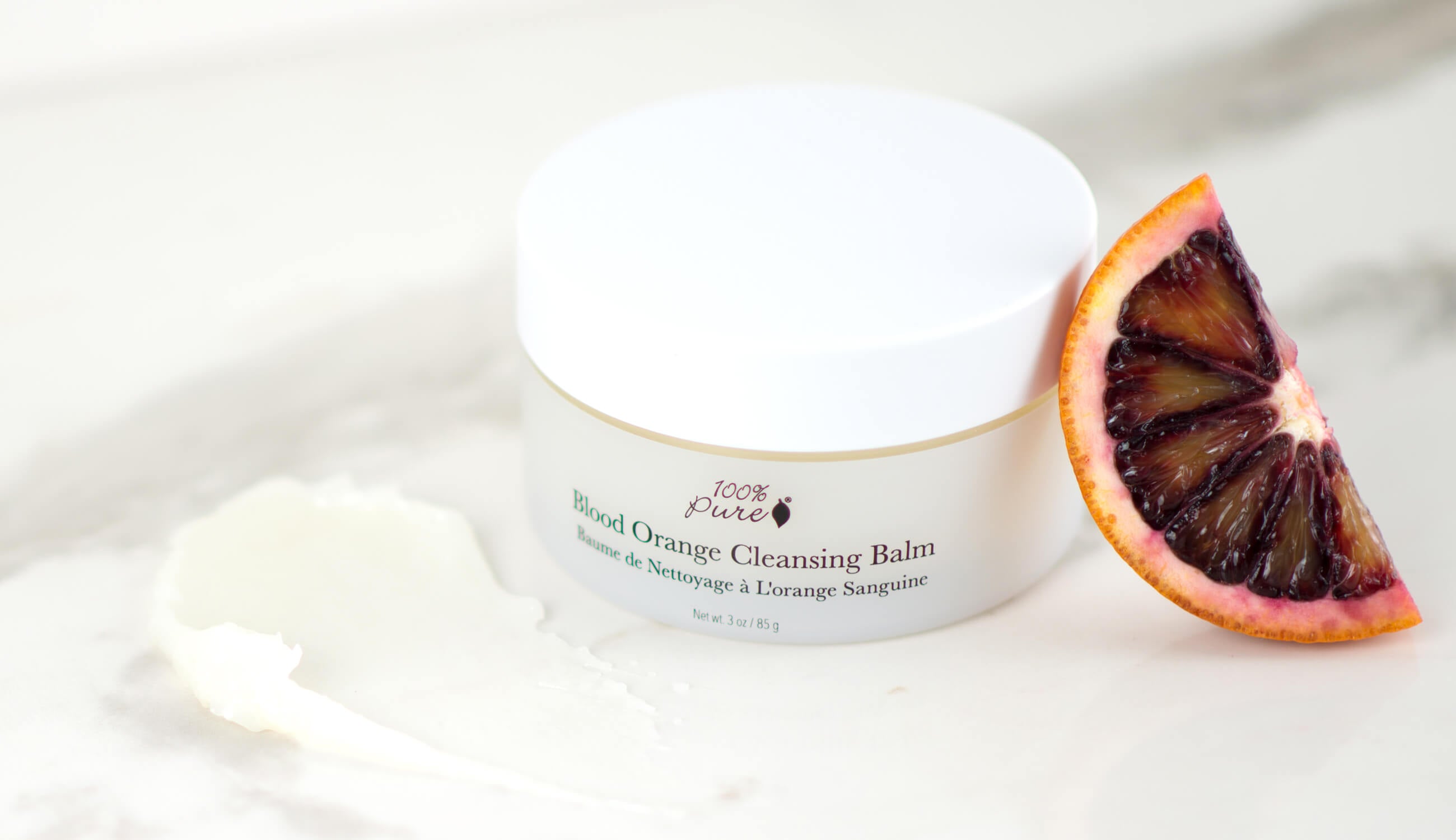
A cleansing balm will be your first step in a skin care routine. You can start by using a clean spoon, cosmetic spatula or your clean fingertips to scoop the desired amount out of the container. (We recommend a quarter size, but everyone is different.) One of the most important steps is to emulsify the product between your fingertips to heat the balm, turning it into more of an oily texture. Next, gently massage it onto your dry skin and neck. The balm will melt into your skin and sweep away makeup, SPF, debris and impurities. Even the heaviest eye makeup and waterproof makeup will melt away, so make sure to apply the cleansing balm gently to your eye area too.
Once you have fully massaged the cleansing balm into your skin, use a very warm damp washcloth to wipe away the makeup and balm. Rinse your cloth and wipe away any excess until you are satisfied with the result. If you practice a two-step cleansing ritual like in a Korean skin care routine, follow with a water-based cleanser like Fermented Rice Water Cleanser to brighten dull skin, or Tea Tree & Willow Acne Clear Cleanser for acne prone skin.
The whole process is soothing and spa-like. The aftermath of using this rich buttery and luxurious cleanser is that your skin is so incredibly soft and supple. Your face will feel moisturized and clean. You might even find yourself using a little more makeup just so you can enjoy this Blood Orange Cleansing Balm at the end of the day.
Is a cleansing balm suitable for all skin types?
Yes, cleansing balms are generally suitable for all skin types, including oily, dry, combination, sensitive, and mature skin. However, as with any skincare product, it’s essential to choose a cleansing balm that is formulated for your specific skin type or concerns. For example, if you have acne-prone skin, opt for a non-comedogenic cleansing balm that won’t clog your pores, like the Blood Orange Cleansing Balm. Always perform a patch test before using a new product to ensure you don’t have any adverse reactions.
How often should I use a cleansing balm in my skincare routine?
The frequency of using a cleansing balm depends on your skincare needs and preferences. For those who wear makeup or sunscreen daily, using a cleansing balm every evening as the first step in a double-cleansing routine can be beneficial. If you don’t wear makeup or have a lighter skincare routine, you might choose to use it every other day or a few times a week. Listen to your skin and adjust accordingly.
Can a cleansing balm remove waterproof makeup effectively?
Yes, one of the advantages of cleansing balms is their ability to break down and remove waterproof makeup, including mascara and long-wear foundation, effectively. The oily nature of the balm helps dissolve stubborn makeup formulations, making it easier to cleanse them away without excessive rubbing or tugging.
What are the potential side effects or skin reactions to using a cleansing balm?
Most people tolerate cleansing balms well, but potential side effects or reactions can include:
- Breakouts or acne: this can occur if the balm is not fully removed or if it contains ingredients that clog pores.
- Allergic reactions: symptoms can include redness, itching, swelling, or rash. Always perform a patch test before full application.
- Dryness or tightness: some balms might strip the skin if not followed with a moisturizer.
How does a cleansing balm differ from a regular face wash?
A cleansing balm is an oil-based cleanser with a solid-to-oil texture, designed to break down makeup, sunscreen, and other oil-based impurities. It’s often used as the first step in a double-cleansing routine. Once applied, it transforms from a solid or semi-solid balm into an oil as it’s massaged into the skin.
On the other hand, a regular face wash (or facial cleanser) can be gel-based, cream-based, or foaming, and it’s designed to remove water-based impurities like sweat and environmental pollutants. After using a cleansing balm, a regular face wash is typically used to cleanse away any leftover residue.
Together, the two products offer a comprehensive cleansing routine, ensuring oil-based and water-based impurities are effectively removed.
- Tags: August-2023, Skin Care, skincare
We carefully hand-select products based on strict purity standards, and only recommend products we feel meet this criteria. 100% PURE™ may earn a small commission for products purchased through affiliate links.
The information in this article is for educational use, and not intended to substitute professional medical advice, diagnosis, or treatment and should not be used as such.


